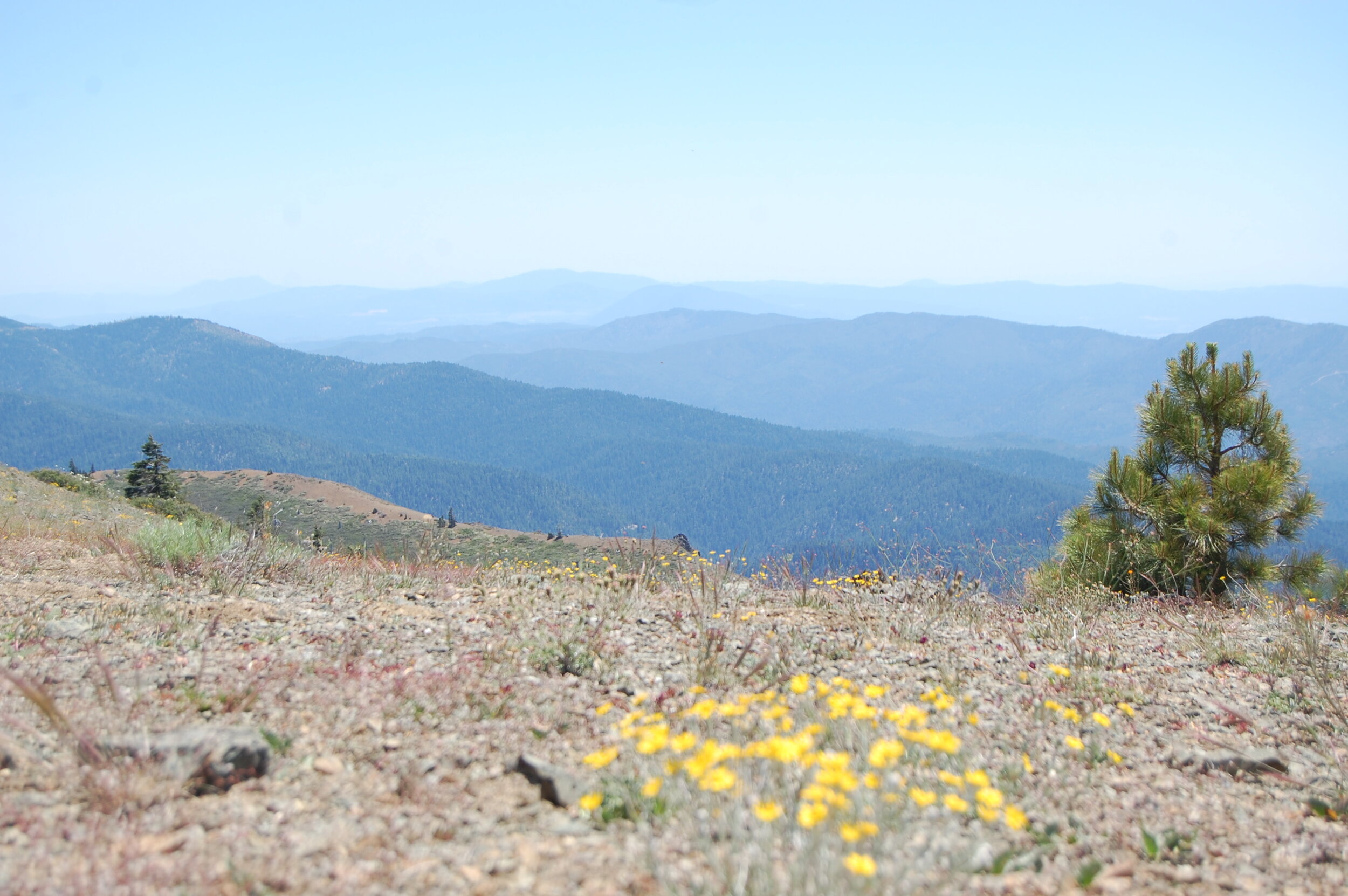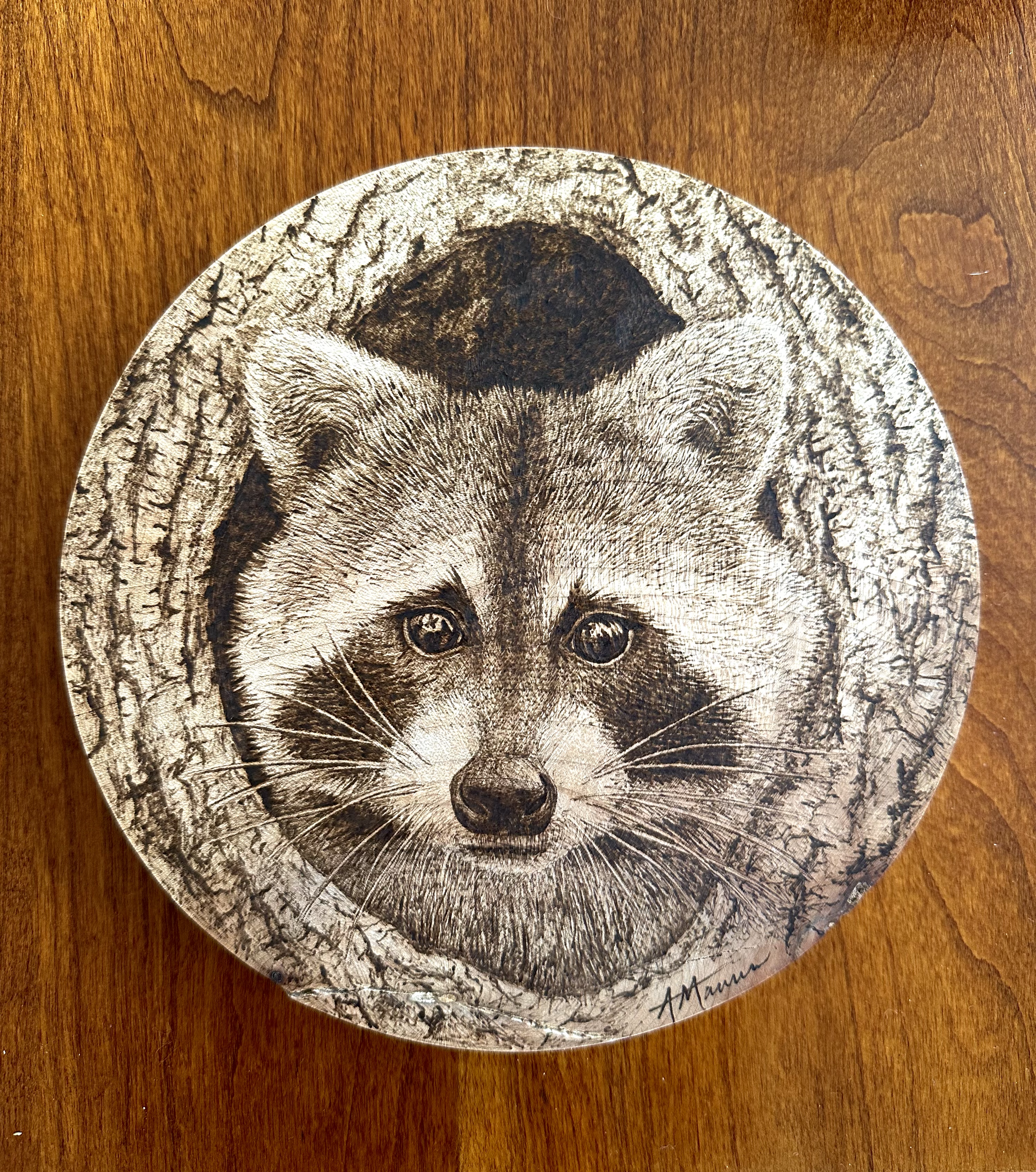
Wood burnings inspired by the natural world








Each creation is one-of-a-kind, complimented by a variety of unique and beautiful wood.
-

Shop
Along with custom pieces, there are many wood burnings available and ready for purchase.
-

Customize
Have a wood burning created for you or give one as a gift.
Meet the Artist
Amelia Maurer is a naturalist and an artist, specializing in pyrography.
Caring for Your Wood Burnings
As wood ages, it goes through a transformation. When oxides and other compounds in the wood react with the atmospheric elements to which the wood is naturally exposed, a thin layer is created, causing the wood to look slightly darker and weathered. This layer is called patina. It is a natural process, and although it cannot be halted, it can be slowed down with the right care techniques:
Keep your wood burnings out of direct sunlight. Like most other types of art, exposure to UV radiation will have sudden and long-lasting effects.
Keep your wood burnings away from sources of heat such as stoves and fireplaces. Neutral temperatures are gentler on the wood itself.
Regularly clean your wood burnings with a soft-bristle brush. This will prevent an accumulation of dust and other particles on the wood’s surface.
Keep your wood burnings indoors. The less that your wood burning is exposed to rain, wind, sunlight, etcetera, the longer it will last. If you must display your wood burning outside, make sure that it is at least under a porch overhang or a similar protected area.
To help slow the natural effects of wood aging, all Wild Pyrography wood burnings are coated with modern, water-based spar varnish, unless the piece is handled regularly, used for food preparation, or otherwise specified, in which case non-toxic tung oil or mineral oil are used instead.

Why is science illustration important?
Science illustration is a valuable method of joining art with the natural world, using many different mediums to interpret and portray our world's organisms and their ecosystems. Often able to capture detail, color, and movement that cannot be reproduced by photography, science illustration provides insight into the processes and interactions between many species, both extant and extinct.
Science illustrators use their skills to create artwork used in science textbooks and magazines, research papers and journals, and field guides for different taxonomic groups. Their work can also be used as murals or advertisements in museums, zoos, and aquariums. Depending on their specialization, science illustrators can be further described as either biological, zoological, or medical illustrators. In the medical field, science illustration is used to depict the physiology and anatomy of the human body and its functions.
The teaching of science illustration has a great impact on an individual's understanding of the natural world. By joining a brush or a pencil with paper, an illustrator, no matter their level of skill, can dissect a flower and identify its parts. They can compare the size of a wren to a woodpecker, and they can reveal the intricate patterns of a rattlesnake. They can show others the quiet, dignified way a mountain lion walks through a forest. But most importantly, a science illustrator has an extraordinary ability to open people's eyes to the organisms that live in our midst, the problems that they face, and how we can coexist.


